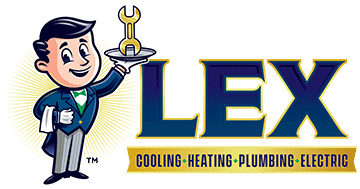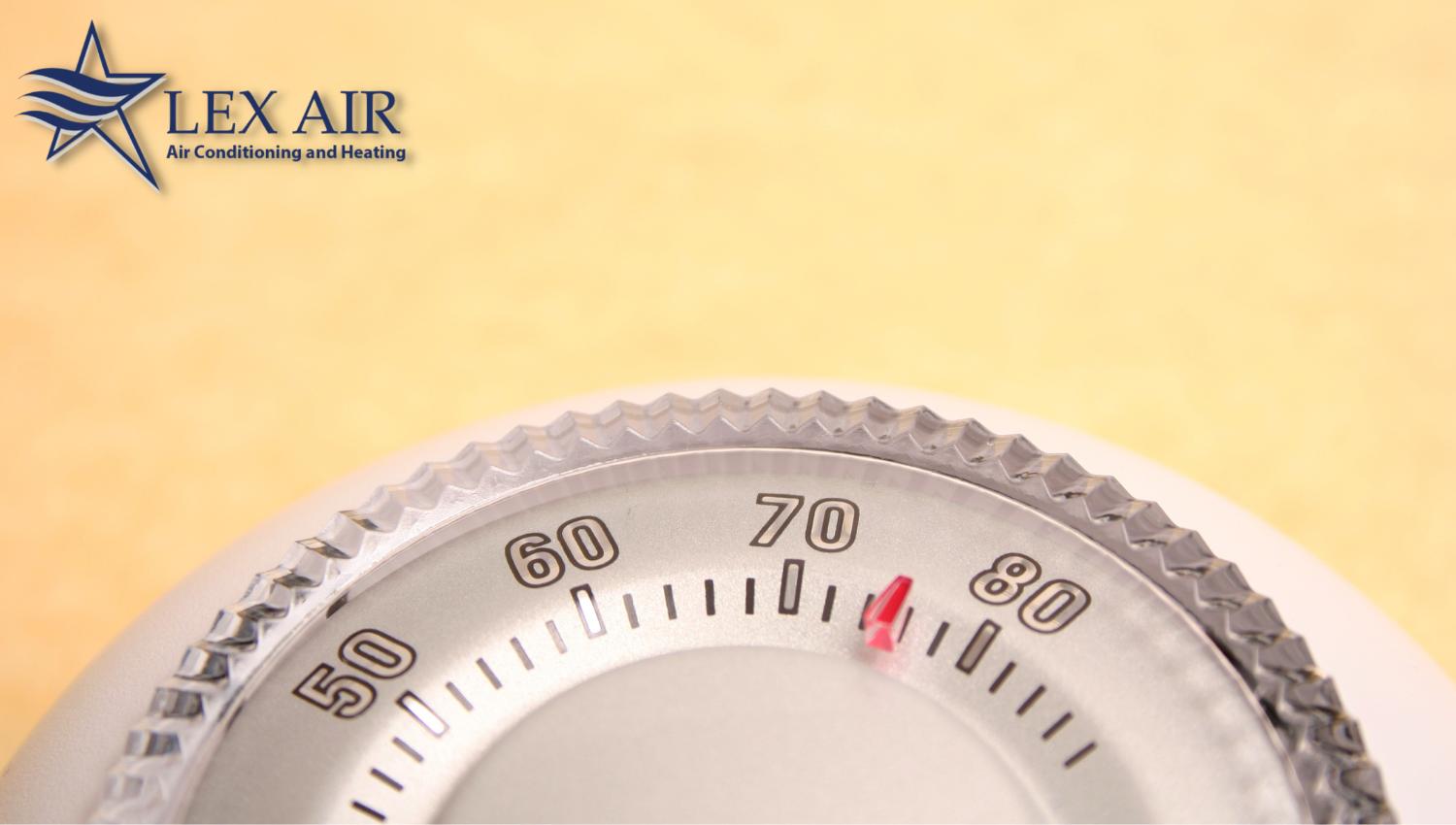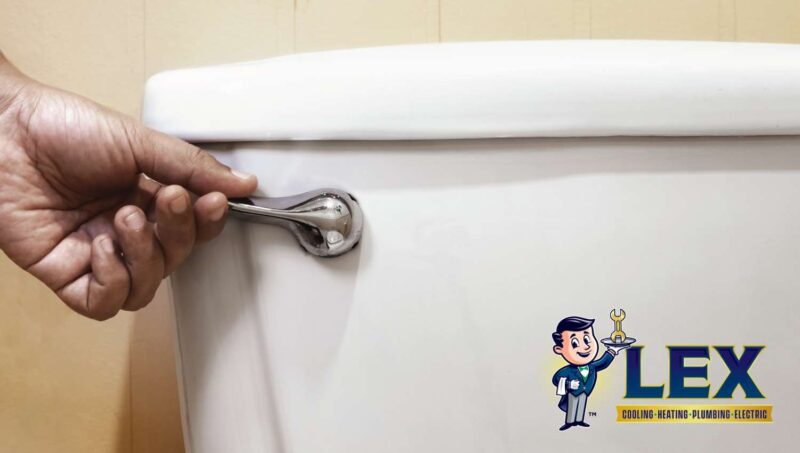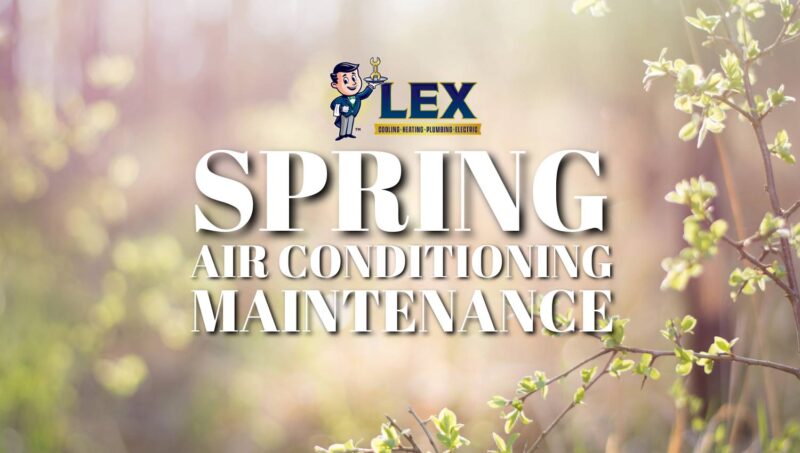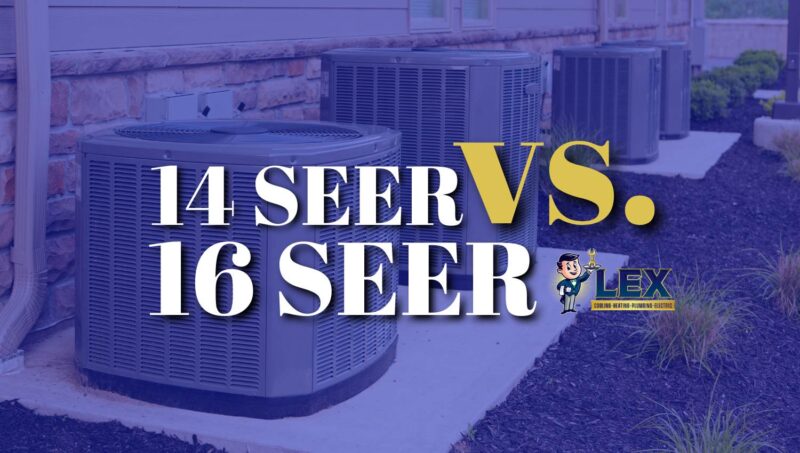The thermostat plays a key role in your HVAC system, acting like a control center to keep your home at the desired temperature. But what happens when you start hearing a clicking sound from your thermostat? While sometimes it’s just a normal noise indicating that your heating or cooling is turning on or off, other times it could be a sign of a problem.
At Lex Air Conditioning and Heating, we’re here to help you determine why your thermostat is making these clicking sounds and what you should do about it. Whether it’s a quick fix or something that needs a professional’s touch, understanding this common issue can help keep your HVAC system running smoothly.
If you’re tired of hearing clicking noises coming from your thermostat or you think it’s time to upgrade to a programmable thermostat, our Carrollton heating and cooling experts can help. Call Lex Air Conditioning and Heating today at (972) 217-8955 to learn more.
Understanding Your Thermostat
The thermostat is the main control for your home’s heating and cooling system. It works by measuring the ambient temperature and activating the heating or cooling system to adjust the temperature to your desired setting.
Thermostats come in various forms, each with its own features and functionalities. From the most basic thermostat to the most advanced, there are plenty of options to choose from. Listed below are the different types of thermostats.
- Mechanical Thermostats: Mechanical thermostats are considered the most basic type and are usually found in older homes. They operate either through bi-metallic strips (two types of metal that expand and contract at different rates with temperature changes) or a mercury switch (a glass vial containing mercury that tilts to make or break a connection, initiating heating or cooling).
- Digital Thermostats: Digital thermostats are a step up in technology and precision, replacing mechanical dials and levers with electronic controls. They use thermistors or other electronic sensors for temperature measurement and display the reading on a digital screen. This advancement allows for more accurate temperature control compared to mechanical models.
- Programmable Thermostats: Programmable thermostat users can pre-set temperatures based on the time of day and the day of the week. For example, you can program the thermostat to lower the heat when you’re at work or asleep and to warm up the house just before you wake up or return home. This feature enhances comfort and can lead to energy savings, as it reduces the use of heating and cooling systems when unnecessary.
- Smart Thermostats: Smart thermostats offer all the benefits of programmable thermostats, along with additional features like Wi-Fi connectivity, remote control via smartphones or computers, and the ability to learn your schedule and temperature preferences.
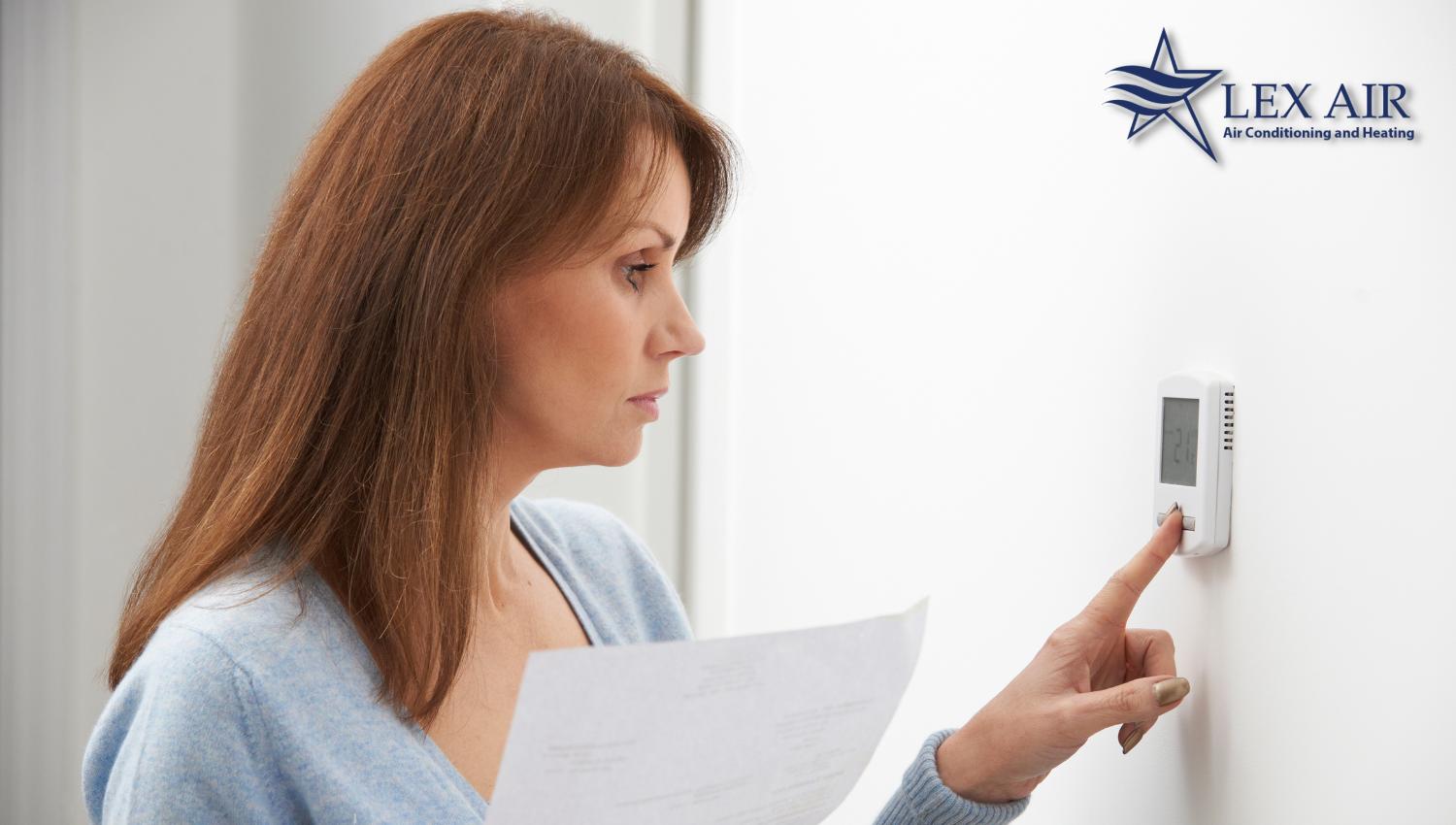
Is It Normal for Thermostats to Make a Clicking Noise?
Yes, it is normal for thermostats to make a clicking noise. This sound usually happens when the thermostat activates or deactivates your HVAC system. In mechanical thermostats, the sound is due to the movement of metal contacts or a mercury tilt switch. Most modern thermostats click because of an electronic switch, like a relay, that turns the system on or off. Even a smart thermostat can produce a subtle click, but it’s generally quieter.
While a clicking thermostat is normal and means your thermostat is performing its job, it’s important to be aware of any changes in the sound. If the clicking sound becomes excessively loud, more frequent, or is accompanied by other issues, like the HVAC system not responding correctly, it might indicate a problem with the system.
Common Reasons Behind Thermostat Clicking Sound
When you hear your thermostat click, it’s not always a cause for concern. However, it’s good to know why the thermostat makes sounds. Here are some common reasons:
- Normal Operational Clicks: A soft, distinct clicking when the HVAC system starts or stops is normal, especially in mechanical thermostats due to moving parts and in digital thermostats from relay switches engaging or disengaging.
- Electrical Issues: Clicking noises accompanied by other electrical problems, like the system not starting or flickering lights, might indicate loose connections, short circuits, or other electrical faults within the thermostat.
- Wear and Tear: Older, mechanical thermostats may develop louder or more frequent clicking sounds as components like bi-metallic strips or mercury switches wear out or misalign.
- Issues with the HVAC System: Frequent or continuous clicking could signal problems with the HVAC unit, such as a malfunctioning compressor or issues within the ductwork. This clicking may imply that the thermostat repeatedly sends signals to a faulty HVAC system.
If the clicking noise seems abnormal or you suspect a more serious issue is behind it, schedule a maintenance appointment with one of our Carrollton thermostat experts at Lex Air today.
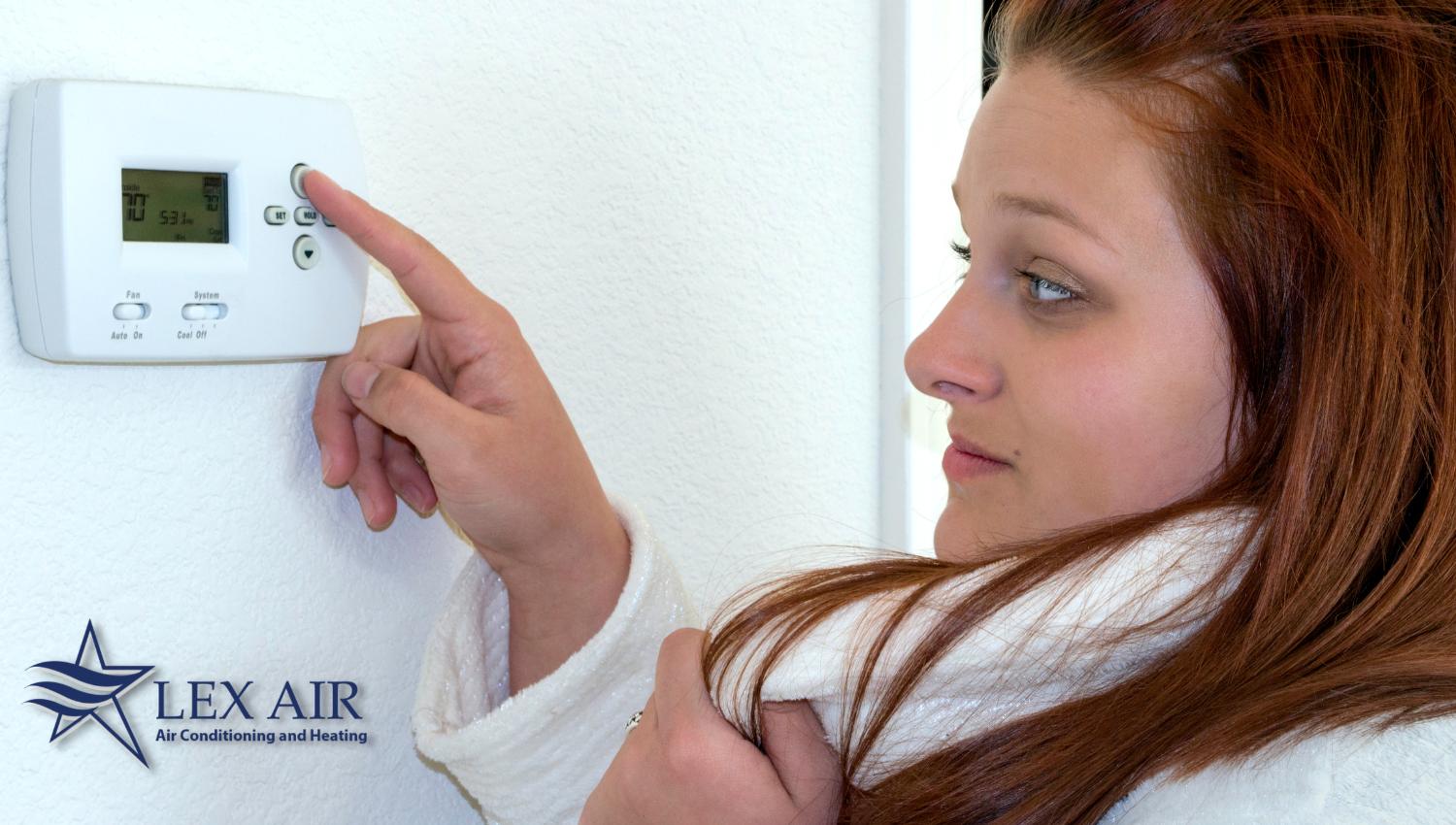
Thermostat Clicks But No Heat or Air?
When your thermostat clicks but doesn’t trigger the heater or air conditioner, it can be concerning. The clicking noise from a thermostat generally signals that it has sent a command to your HVAC system to either start heating or cooling. However, if the system doesn’t respond with warm or cool air following that click, it suggests a disconnect or issue between the thermostat’s command and the system’s response.
Steps to Diagnose the Cause
We’ve listed some steps below that you can follow to help you diagnose any potential problems with your thermostat.
- Check Thermostat Settings: Make sure the thermostat is set to the correct mode and that the set temperature is higher (for heating) or lower (for cooling) than the current room temperature.
- Inspect Power Supply: Verify if the HVAC system and the thermostat have a proper power supply. Look for tripped circuit breakers or blown fuses.
- Examine Thermostat Wiring: Loose connections or corroded wiring can obstruct the thermostat’s communication with the HVAC system. Remember, handling wiring should be left to professionals.
- Issues with the HVAC Unit: If you have a gas furnace, a lack of heat could indicate that the gas may be turned off or the pilot light has gone out. With an air conditioner, it could be a sign of a faulty compressor.
- Dirty Air Filters: A dirty air filter can restrict airflow, preventing the system from working efficiently.
- Thermostat Positioning: If the thermostat is located in an area that can’t accurately read the room’s temperature (like near heat, a draft, or direct sunlight), it might not function properly.
If you’ve followed these steps and the problem continues, it might be time to call the HVAC professionals from Lex Air Conditioning and Heating.
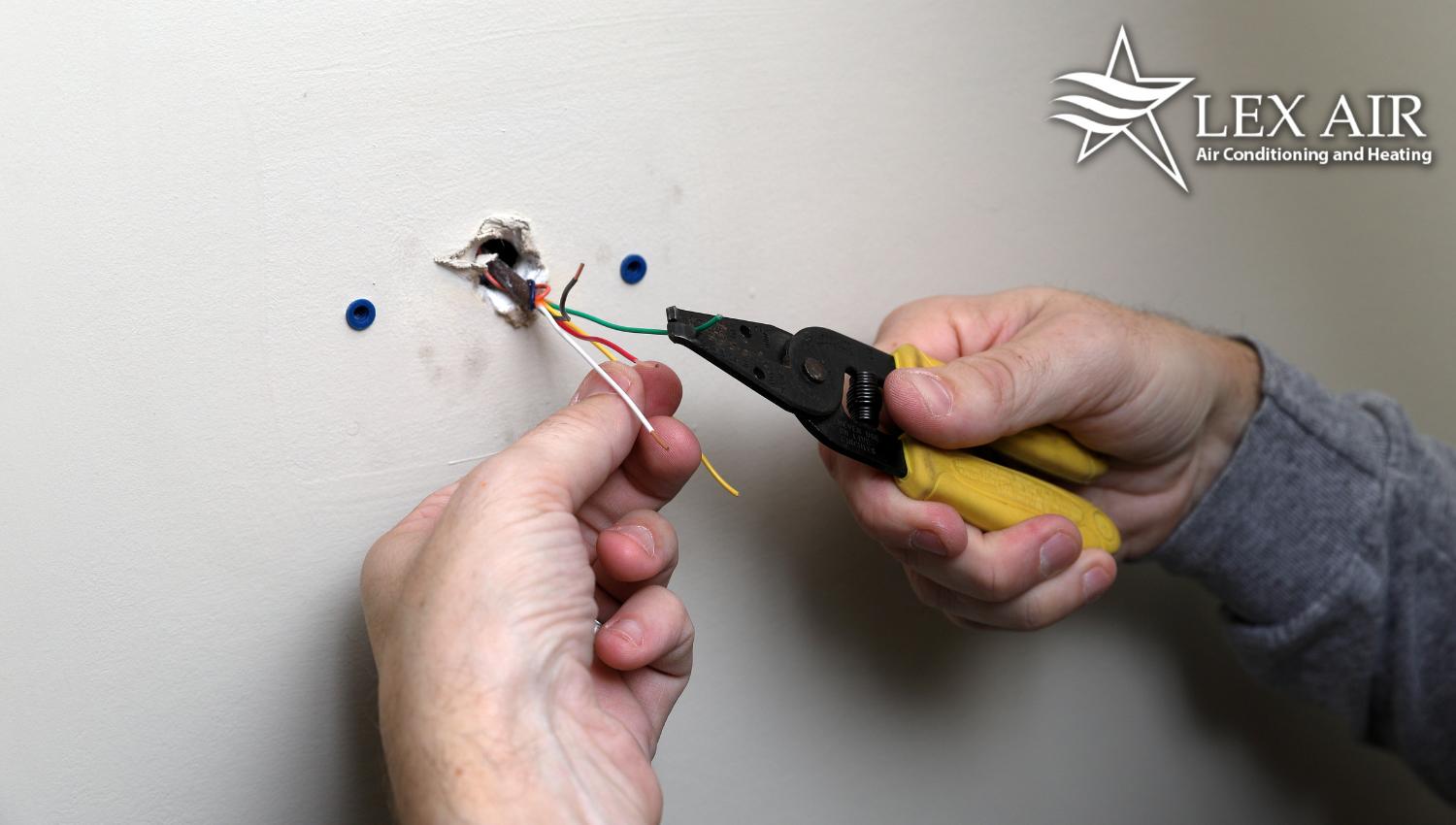
DIY Fixes for Minor Issues vs. When to Call a Professional
It’s important to understand when the thermostat clicking sound can be resolved with a DIY fix versus when it warrants a professional touch. If you don’t believe the thermostat problem is related to electrical wiring or the HVAC system, there are some simple repairs that you can make yourself. Before attempting any thermostat repairs, it’s crucial to turn the HVAC system and thermostat off.
Some minor repairs include tightening loose screws, adjusting the thermostat setting, and cleaning the inside elements. The interior components of thermostats are very delicate, so exercise caution when cleaning. Using a soft brush or compressed air is recommended.
If problems related to the thermostat click persist or your DIY repairs don’t work, it’s best to call an HVAC professional from Lex Air. Homeowners with smart, programmable, or digital thermostats should leave the repairs to the pros since they often need expert calibration and diagnostics. Other areas that require an HVAC technician include problems with the gas furnace since any errors may cause a gas leak and issues related to electrical wiring and connections.
How To Prevent Issues With Your Thermostat and Heating or Cooling System
Here are some tips that Carrollton homeowners can use to maintain their thermostats and HVAC systems to help avoid emergencies and increase efficiency and longevity.
- Check and Replace Batteries: If your thermostat is battery-operated, ensure the batteries are replaced regularly or when you notice low power signs.
- Mindful Usage: Be sensible with thermostat settings; avoid setting extreme temperatures as it puts unnecessary strain on your HVAC system.
- Be Alert to Changes: Pay attention to any changes in your HVAC system’s performance. Early detection of issues like unusual noises, uneven heating or cooling, or unexpected increases in utility bills can help prevent larger problems.
Regular Maintenance
Scheduling regular maintenance checks for your HVAC system not only ensures that your heater and air conditioner are functioning properly, but also your thermostat. In fact, did you know that many companies include regular maintenance as part of their warranties? Making the conscious effort to take these preventative measures can help you get the most out of your heating and cooling system and ensure it functions effectively for many years to come.
At Lex Air, we understand it might be difficult to remember when to schedule your bi-annual maintenance appointments, so we created the Cool Club. This program is available to all our customers and comes with two maintenance service calls – one AC tune-up in the Spring and one heater tune-up in the fall. Members also have access to other benefits, including priority service, discounts on repair parts and labor, no overtime fees, and discounts on new HVAC equipment.
Upgrading Your Thermostat
If your current thermostat is old and outdated, it might be time to consider upgrading to a smart or programmable thermostat. These updated thermostats come with a wide range of benefits and features that the older versions lack.
- Improved Efficiency: More accurate temperature controls lead to reduced energy use and lower bills.
- Easy to Use: Newer models typically feature user-friendly interfaces, making it easier to set and manage your heating and cooling preferences.
- Enhanced Features: Smart thermostats offer features such as remote control via smartphone apps, voice commands, geofencing, and the capability to learn your temperature preferences, providing convenience and further energy savings.
- Noise Reduction: New thermostat models efficiently manage the start and stop cycles of your heating and cooling systems. This minimizes the frequency and duration of loud operational noises associated with older systems.
- Maintenance Alerts and Diagnostics: Most modern thermostats can remind you of necessary maintenance or alert you to system issues, allowing for timely repairs that can extend its life.
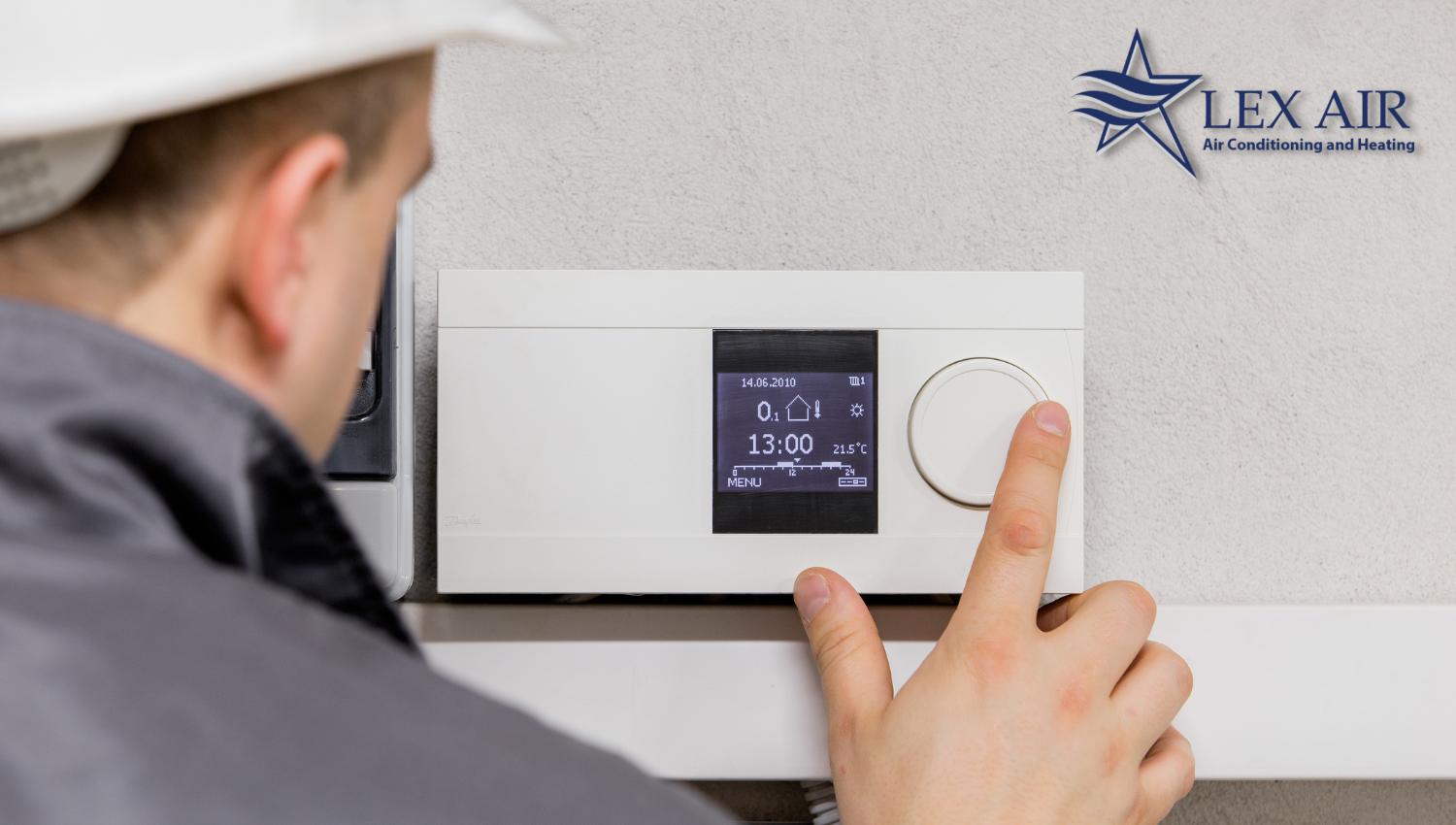
Thermostat Issues? Call the Carrollton HVAC Professionals at Lex Air Conditioning and Heating
If you’re struggling with thermostat issues, don’t wait longer to call the experts. At Lex Air Conditioning and Heating, our team is ready to handle all your HVAC needs, whether that’s troubleshooting thermostat problems, regular maintenance, or more complex repairs. You can always trust us for prompt, reliable service to keep your home comfortable year-round.
Call Lex Air today at (972) 217-8955 for expert thermostat repair and installation services in Carrollton!
